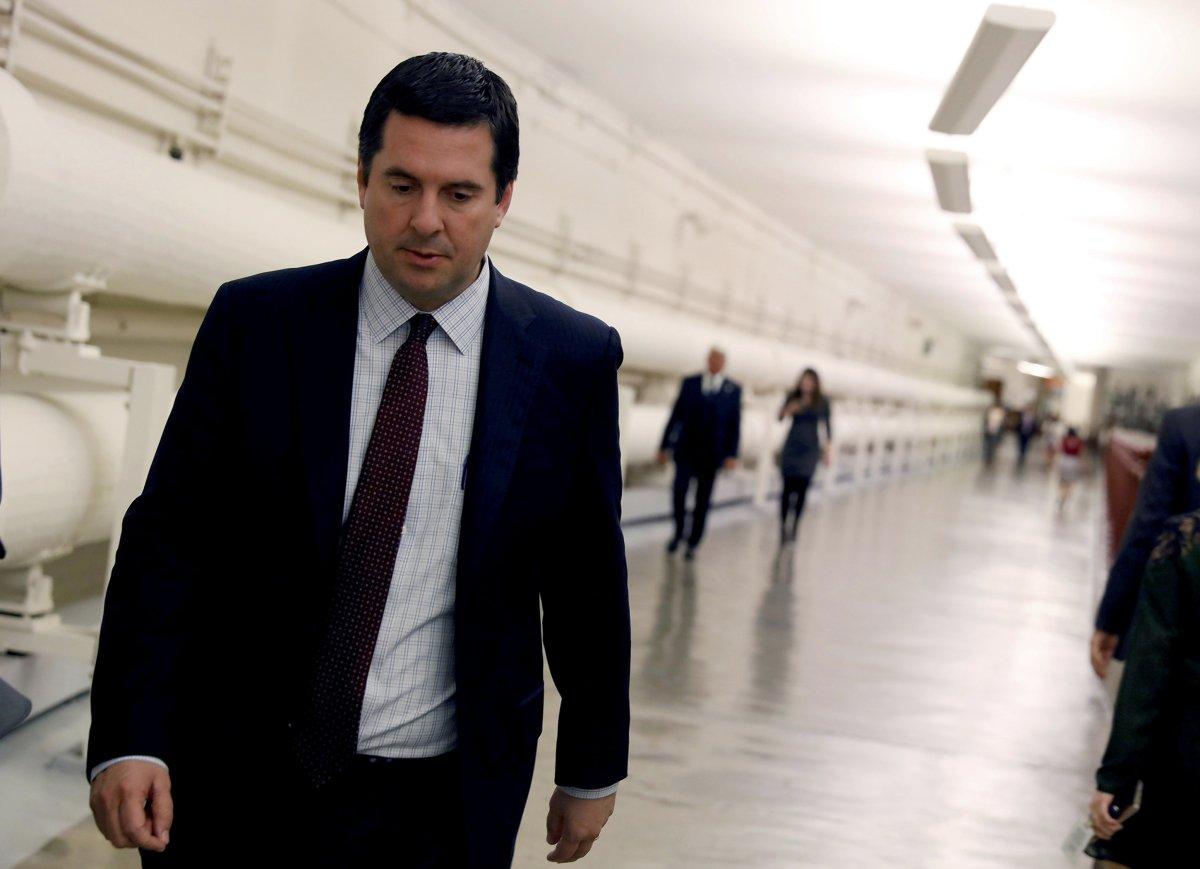After days of buildup, on Friday afternoon the Republican-chaired House Intelligence Committee released a memo written by committee chair Devin Nunes (R-CA) after President Trump cleared it. Both Democrats and the FBI opposed its release. The memo alleges that a court granted the FBI’s 2016 application to surveil Trump foreign policy adviser Carter Page based on information in the politically motivated “Steele dossier,” intelligence gathered by former British spy Christopher Steele and funded by a GOP donor, then the Clinton campaign, then passed along to the FBI by Sen. John McCain (R-AZ).
The memo says that the FBI’s actions leading to the Page warrant “raise concerns with the legitimacy and legality of certain [Justice Department] and FBI interactions with the Foreign Intelligence Surveillance Court and … represent a troubling breakdown of legal processes established to protect the American people from abuses related to the FISA process.”
5 biggest takeaways from Nunes memo
1. It lacks a bombshell — or much evidence
Political analysts were not impressed by the memo in the immediate hours after its release. It was previously reported that the memo was light on evidence of any misbehavior at the FBI or Justice Department and that it was essentially a summary of Nunes’ opinions. And that’s essentially what it is.
2. It doesn’t really say anything about the Mueller probe — and shoots a potential counter-argument in the foot
The four-page memo concentrates on the propriety of granting the FISA warrant against Page, arguing that it was based on the Steele dossier and that Steele was politically motivated and based against Trump. The memo’s implication might be that special counsel Robert Mueller’s Russia investigation is “the fruit of the poison tree” — that if the warrant against Page was granted illegally, the Mueller investigation is invalid.
But the memo undercuts that potential argument. It says the FBI investigation into Trump and Russia actually began months earlier, in July 2016, and was sparked by Australian intelligence that Trump adviser George Papadapolous was talking about Russian contacts — not by anything related to Page or the Steele dossier.
3. It lumps James Comey, Sally Yates and Rod Rosenstein together
The memo notes that four of the FISA warrants were signed by then-FBI director James Comey (who Trump fired, sparking the special counsel), then-Acting Attorney General Sally Yates (who Trump fired), then-Acting Attorney General Dana Boente (who was forced out of a later job) and Deputy Attorney General Rod Rosenstein, who is now overseeing the Mueller investigation and whom Democrats claim Trump wants to fire.
4. It claims Deputy FBI Director Andrew McCabe said the Steele dossier drove the warrant against Page
The memo says McCabe testified before the Intelligence Committee in December 2017 that “no surveillance warrant would have been sought from the FISC without the Steele dossier information.” But the transcript of that testimony hasn’t been made public, so it’s unverifiable. Democrats and the FBI have argued that the memo lacks important context. This could be a place where it would be illuminating.
And the memo doesn’t mention that Carter Page was known to U.S. intelligence as early as 2013 for his contacts with Russia — years before Trump declared his candidacy.
5. It doesn’t unmask classified “sources and methods”
One of the arguments that Democrats and the intelligence community made against releasing the memo — in addition to the fact that it was incomplete and partisan — was that it would reveal classified sources and methods, compromising national security. It’s unclear if they were objecting to another version of the memo, but the one released doesn’t reveal sources that weren’t previously known. Whether it foments distrust of the FBI among the American public is another matter.












